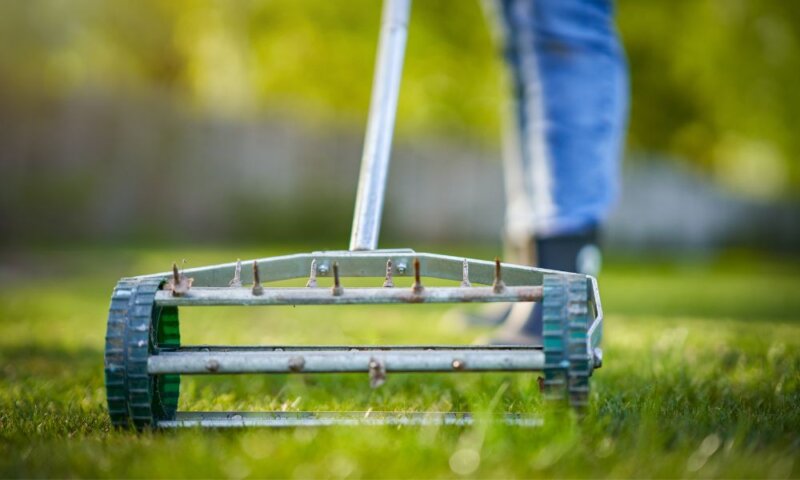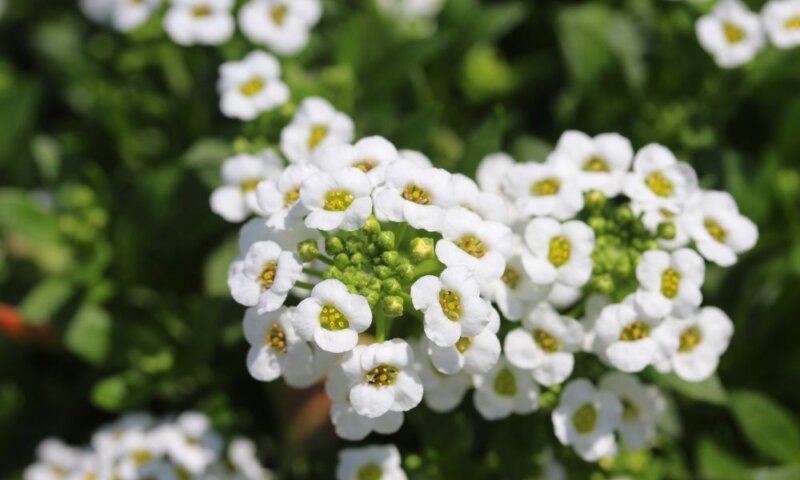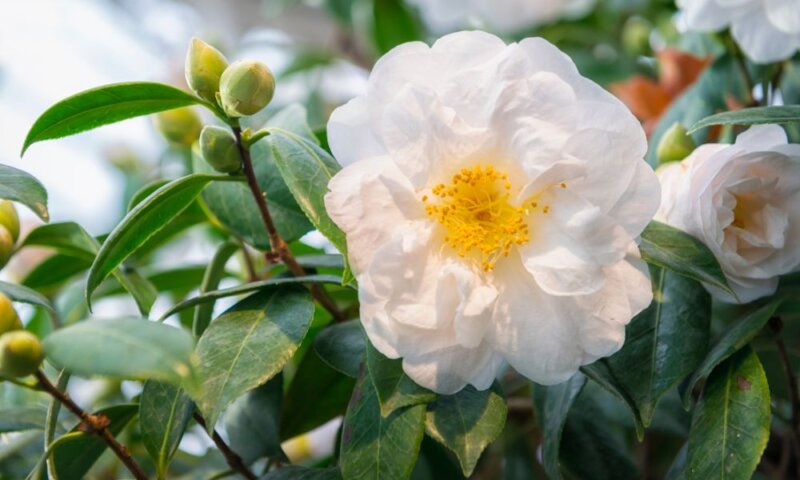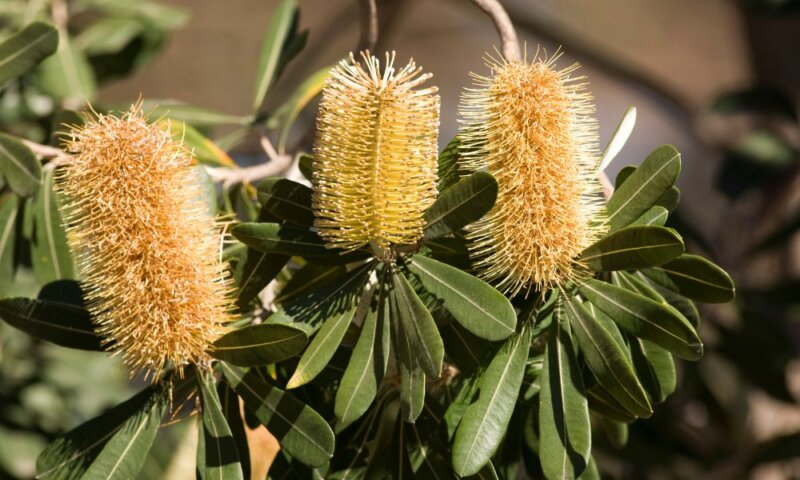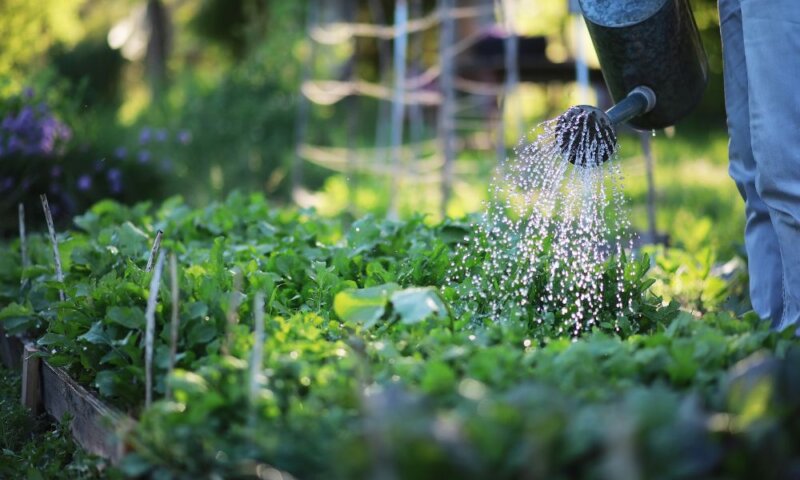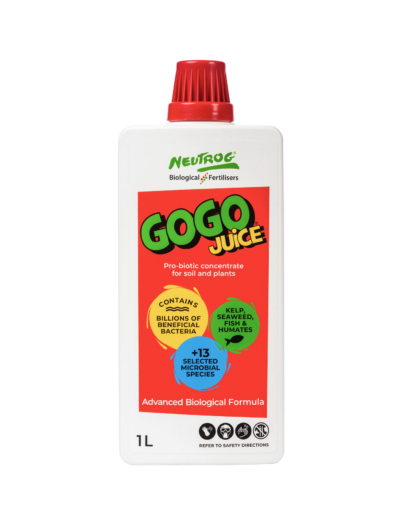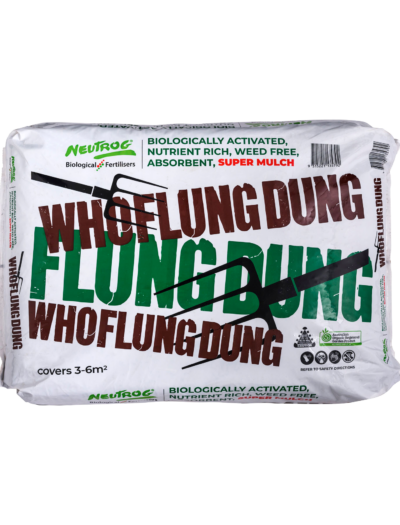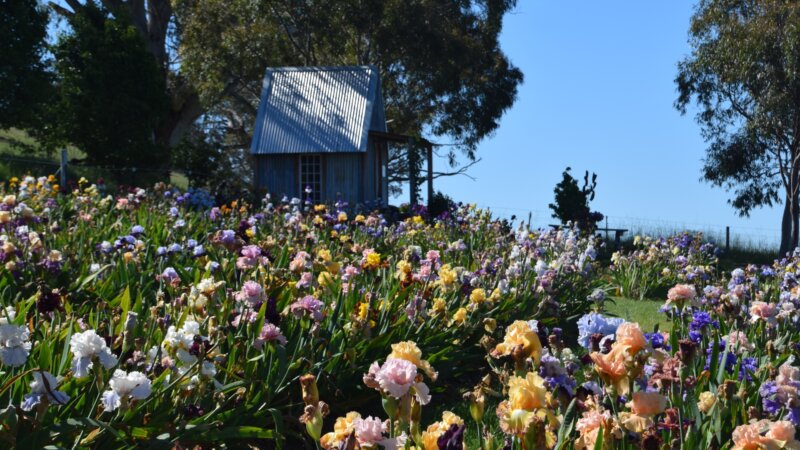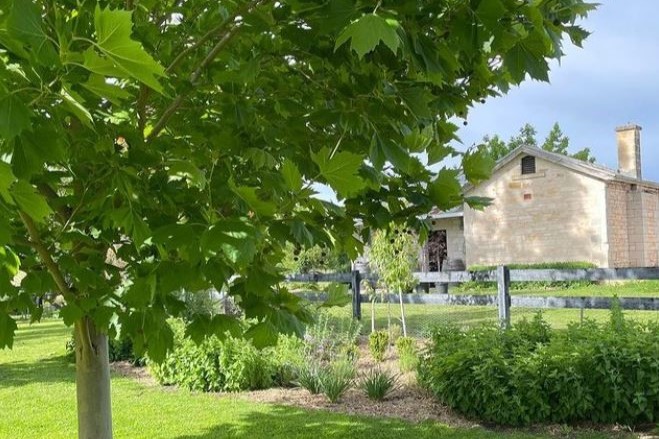
Planting and General Garden
Let the change in season be a reminder to POPUL8 your entire garden. Winter is also a great time to add bare rooted roses into the garden. Remove the rose from its bag and soak in a full bucket of water with 20mL GOGO Juice for at least six hours before planting. Add a handful of Seamungus pellets to the bottom of the planting hole to set the plant up nicely in its new home.
